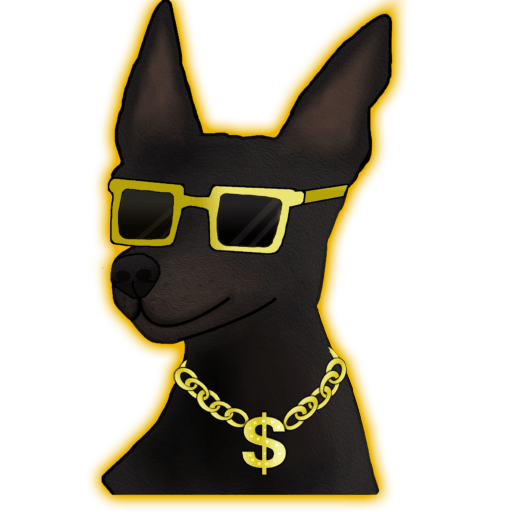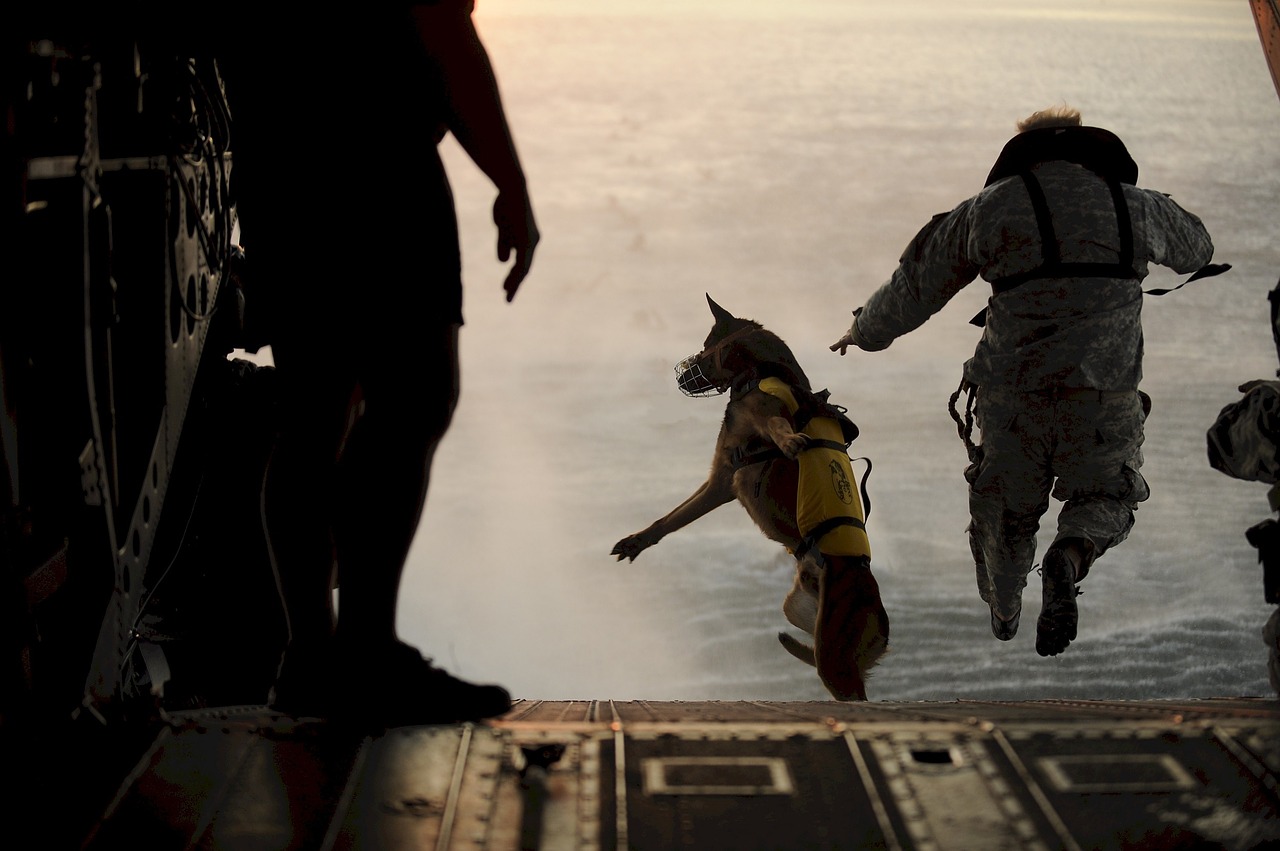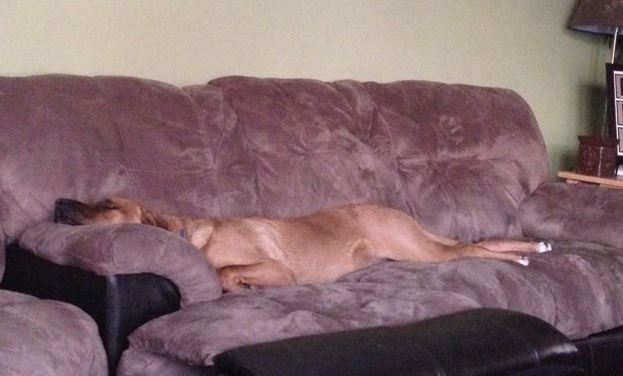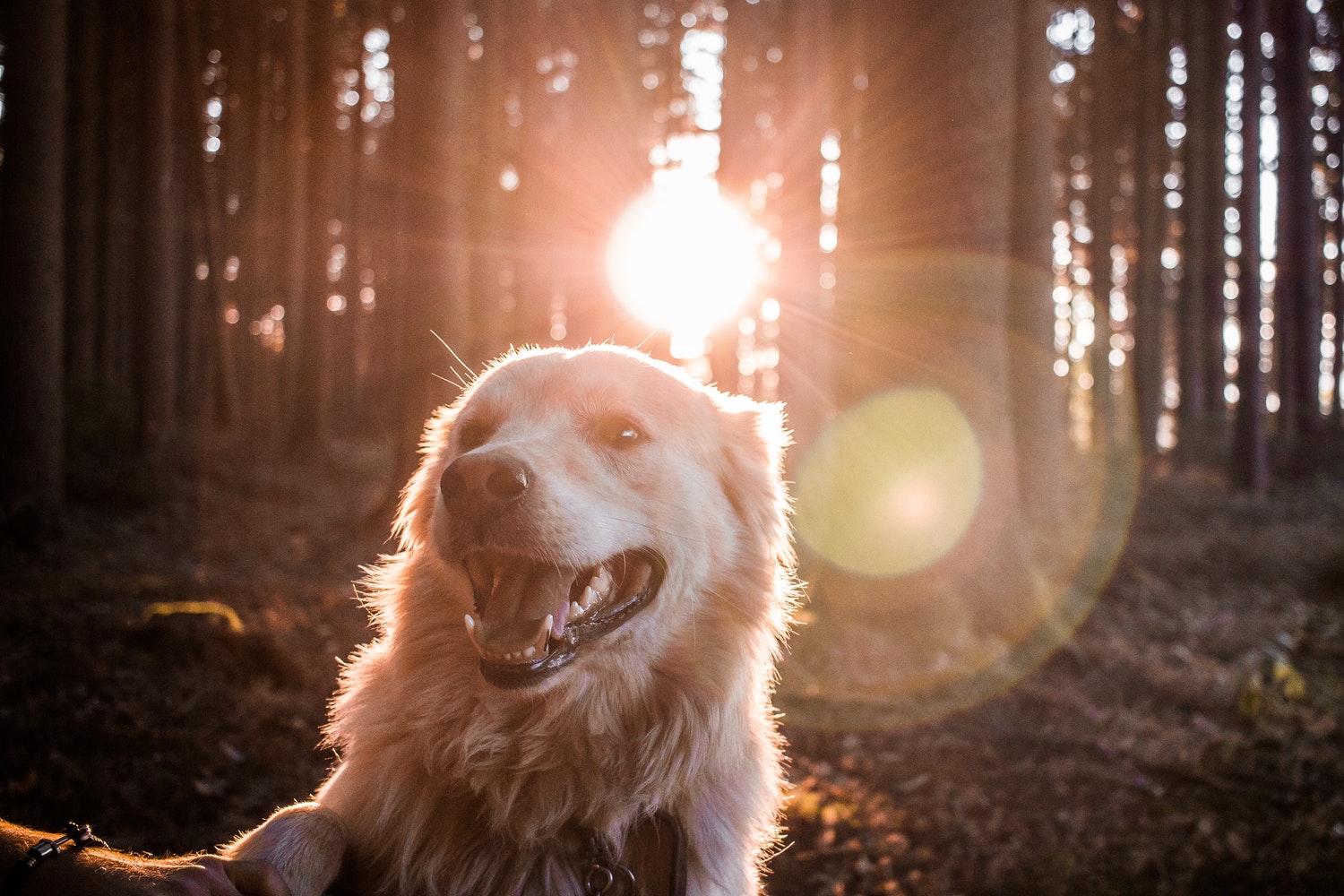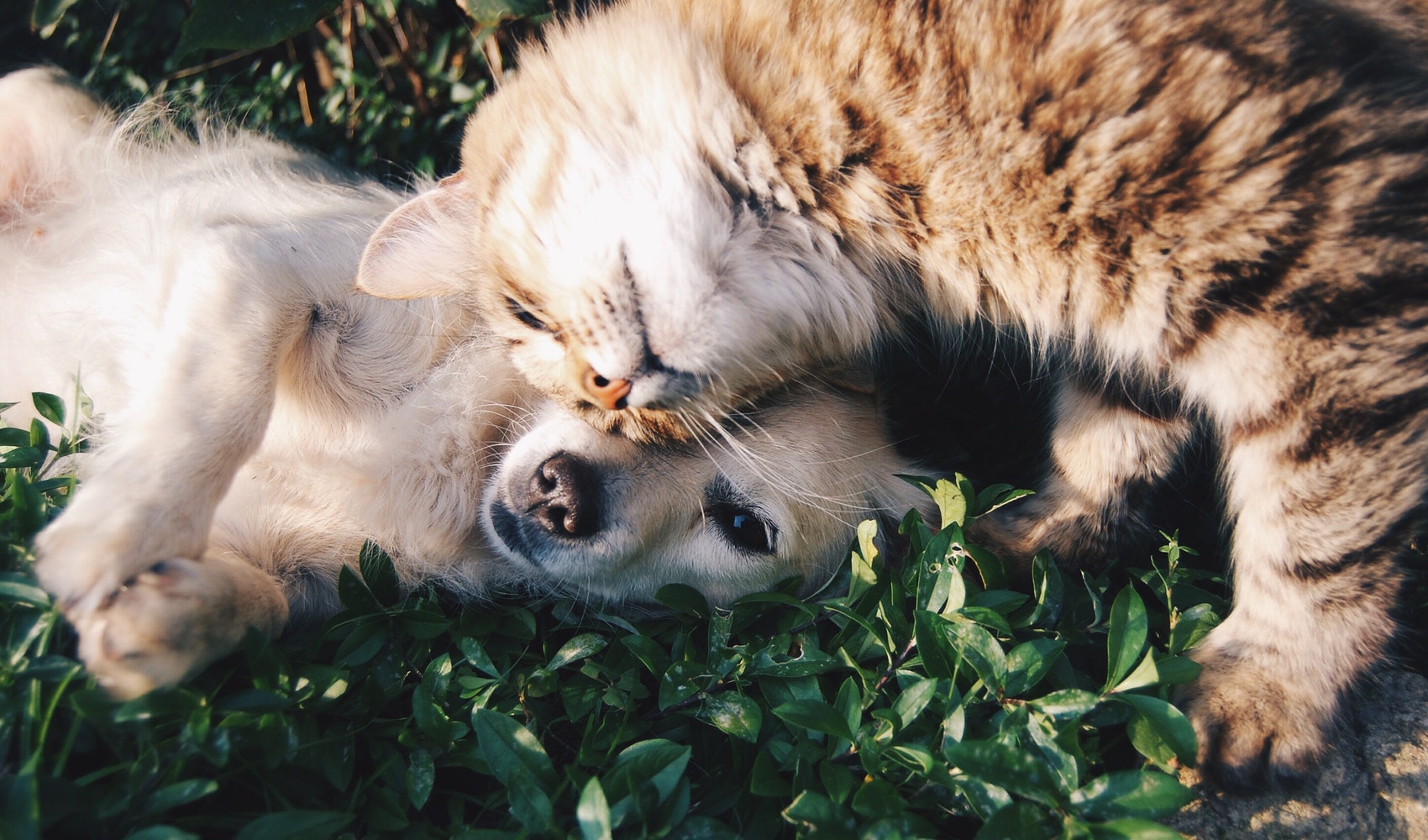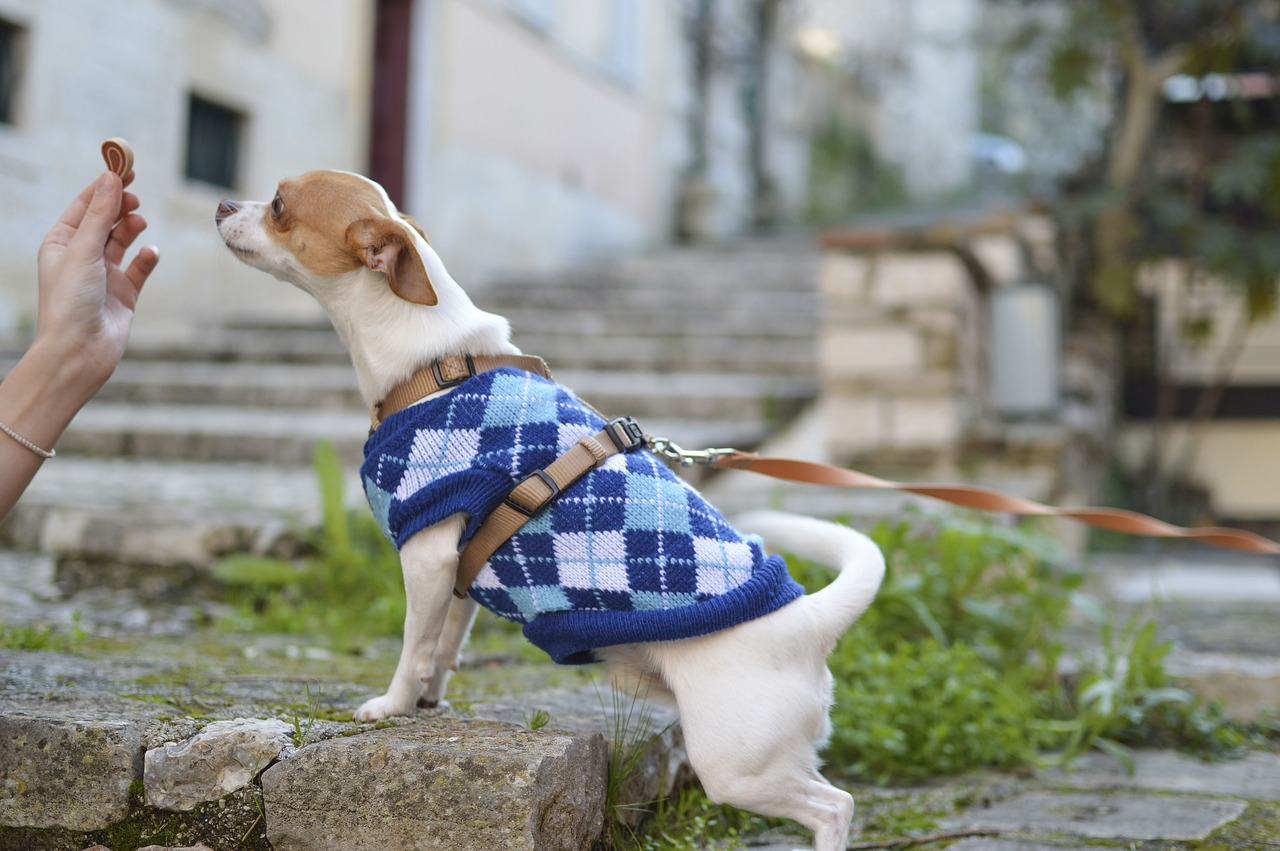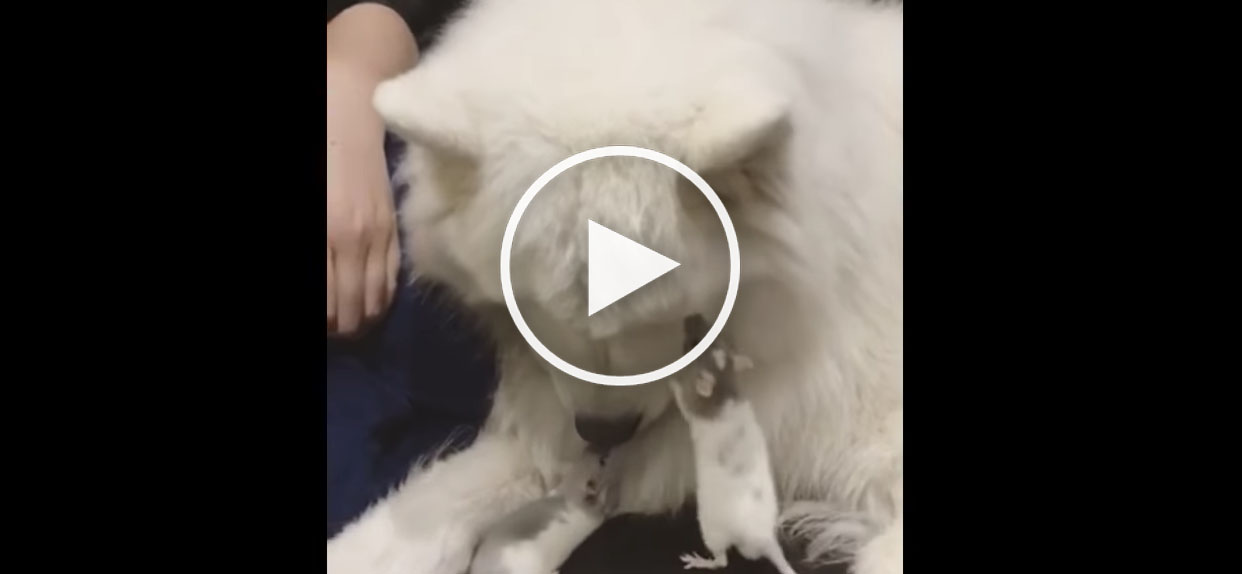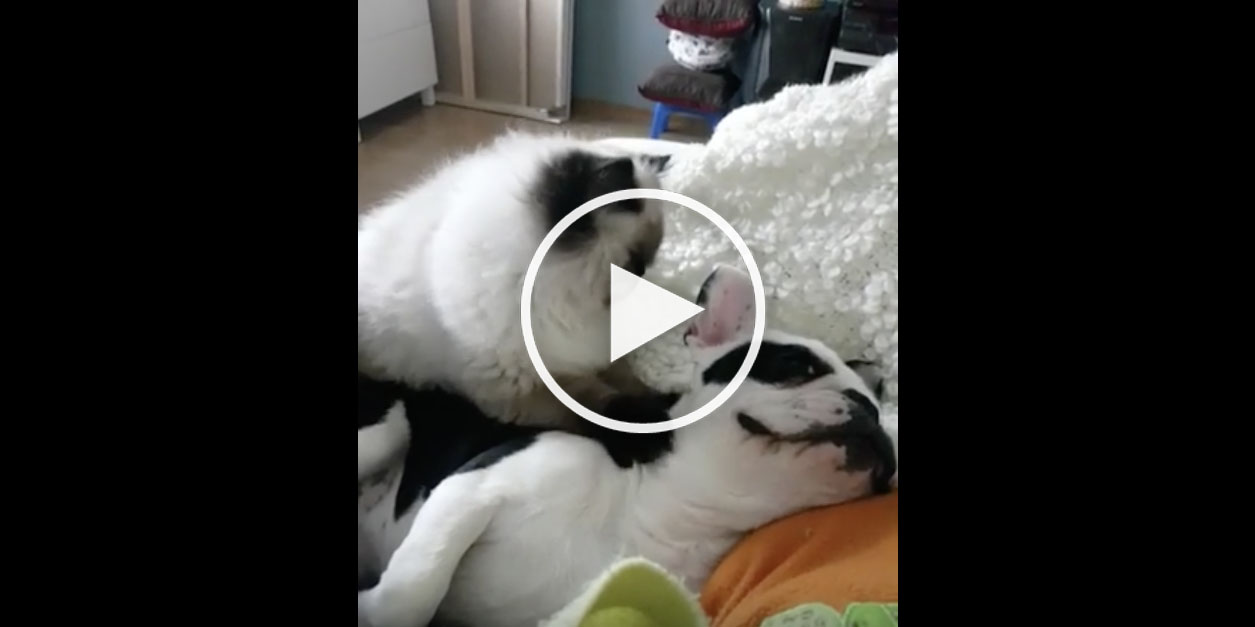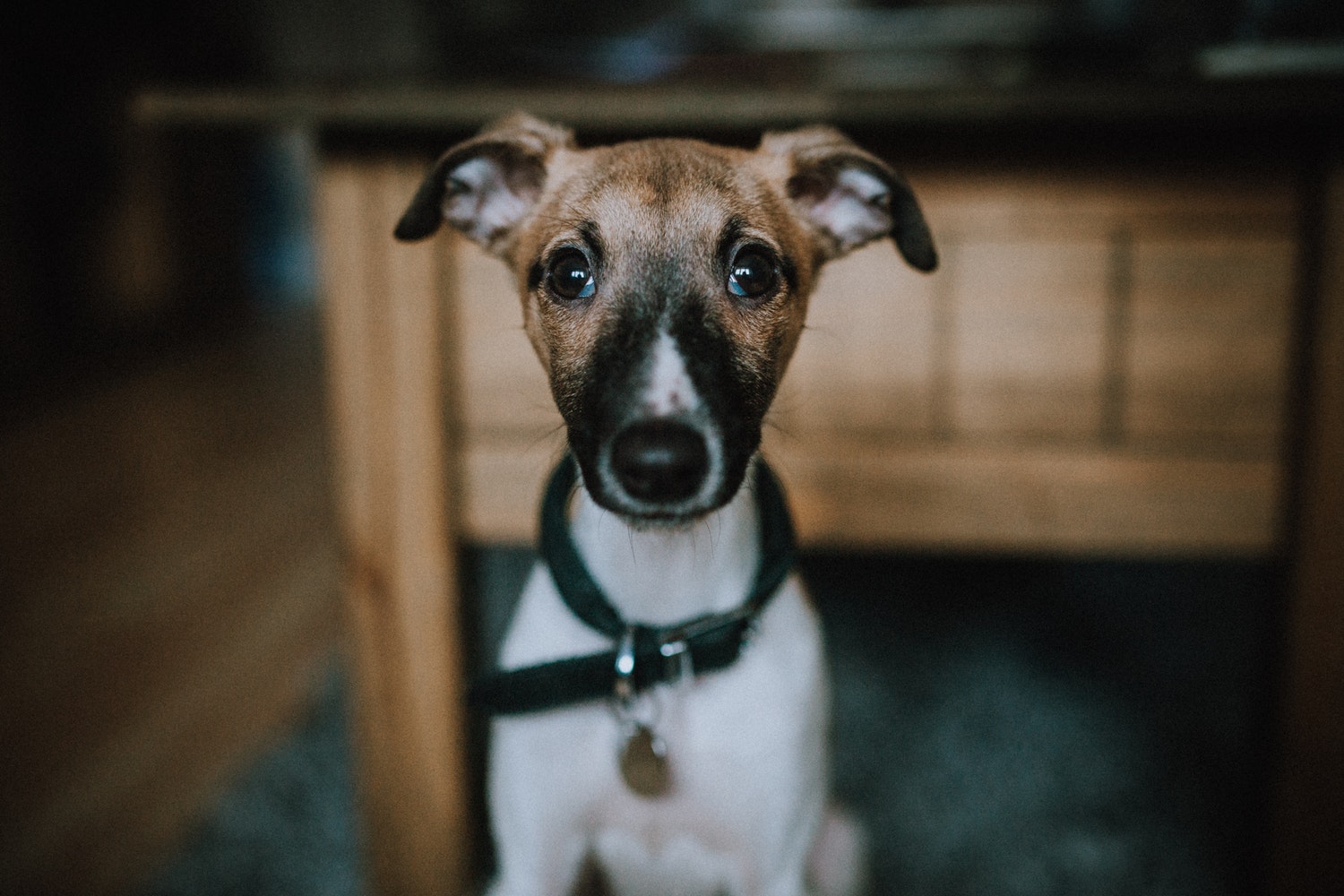
Of the many animals that can be kept as pets, cats and dogs rank pretty high up the list. And why shouldn’t a furry creature capable of love, affection and friendship be a good choice, right?
While it would be better to have both, it’s unfair to just do so because you like it. You must have some really good reasons for wanting pets in your home.
After all, pets are like people too: they require your care and attention. And your choice of pet should be in sync with your personality and lifestyle – that’s the only way to guarantee happiness for both parties.
Factors to consider when choosing a cat or a dog for a pet
You most likely know whether you are a dog or a cat person. You might have grown up with either species or you feel that you are more comfortable with one over the other.
But you should also remember that choosing should go beyond comfort levels and how cute you find an animal. You have to consider a lot of factors, including:
Your lifestyle
Are you an active person? Cats aren’t really the kinds you can bring on outdoor adventures, but there are some cat owners who do put their pets on a leash.
Dogs are the more sporty variety and there are specific breeds meant for an active life. But you also have to consider their size: it wouldn’t be fair for a really big dog to live in a tiny apartment.
If you are someone who enjoys home more than the outside, a cat might suit you better because they are independent creatures. They won’t require much of your attention even when you’re occupying the same space – a trait that helps if you are also away a lot.
Your available space
Cats don’t need a lot of space. You can comfortably raise two or three in a one-bedroom apartment, provided there is a room for their essentials.
Dogs typically need space to roam. Plus, the bigger breed you get, the bigger space you’ll need.
Your time
How much time can you devote to your pet? Cats and dogs tend to live rather long lives, so the decision you make today will set the tone for the future.
Are you someone who is always busy? If so, a dog might not be the best choice since they frequently require attention and need to be trained and groomed.
Dogs aren’t also the ideal pets if you are constantly away. Then again, there are dog hotels and boarding places these days, but not every city has them.
Your life situation
You can do with either a dog or a cat if single, married, or with kids. However, certain aspects of your current situation should be taken into consideration.
For example, a single person who frequently travels for work might find it difficult to keep a dog. How much you make matters as well because pets aren’t cheap.
If you have children, you have to consider their needs as well.
What if one of them is allergic to cats or dogs? What if one likes cats but the other likes dogs?
Making a choice
Choosing a pet is not an easy task. If you are someone who loves an active lifestyle and has the patience for training, a dog will make a wonderful pet.
A dog is also best for those who can really devote time and attention and have ample enough space in their home.
Cats are fine with limited space and owners with a busy lifestyle. They are independent creatures that will happily leave you alone.
Although cats take care of their own grooming, a long-haired breed might need a little of your help. They also make great pets for those who don’t have an active lifestyle since they don’t need to be walked.
Making a choice between a cat or a dog can be difficult, but considering the factors listed here can help you come to a decision.

